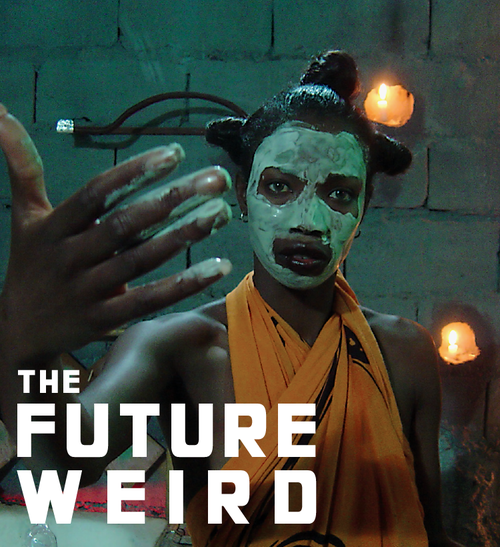Through the centuries, women have been oppressed subtlety.
Their oppressiveness sounds and look so subtle because we have been taught,
understood, and assimilated to perceive them from the point of view of a patriarchal
system. We grow up seeing and feeling that that is the place for our female
citizens to occupy. However, we have been taught wrong. We have been misled.
Deconstructing media is one of the most easily and effective
way to understand the fact that women have been minimized and understated in
our society. By evaluating mainstream media messages, it allows us to remove
the filters off of our eyes and see the pattern of misrepresentation. We can
see the distorted world that we thought it was natural order of living. The
messages embedded in media deliver the stereotypical role of women in our
lives. These messages inform us, educate us while they also uphold and
perpetuate the pattern. In Crooked Room,
the author states, “when they [, black women,] confront race and gender
stereotypes, black women are standing in a crooked room” ( Perry, 29). This
affirmation may apply to all of us when we are confronted to fulfill and carry
out the imposed patriarchal gender roles. We may relate to women once we have
analyzed the messages in media. Thus, it is the mainstream media messages and
the portrayal of women the point to stop and revise the narrative and role of
women in society.
Alternative media emerges to counter mainstream media. It is
a place where more sincere conversations takes place, and thus it is the place where
women have found a genuine voice. For instance, Catherine Saalfield has used
media to speak the truth of the negative impact that mainstream messages have
in our communities. Her documentaries have an activist attitude and an honest mood.
Her artistic productions materialize from a human rights perspective, and that
is what makes her work a counter front, an alternative media.
 |
| Alternative media by an young female artist taking on body image (this picture is a link to her web site) |
While we see women in billboards and TV shows and
commercials decorating products (think of “The Price is Right” for a sec.),
some other women are trying to present the female condition in a more positive
way. This is the case for Amalia Ulman. At her web site, amaliaulman, the artist use digital media to confront the realities of women portrayal in
media. Ulman, based in London, has created a space in the Internet that offers
the opportunity for other women and girls to see the truth messages that we all
learn from mainstream media.
Another source of alternative media is a group of women
using digital media – social media, www, and podcasts – to create an occasion
for us to see beyond the patriarchal landscape. They go by the name of their
web site Black Girls Talking. They
are trying to dismantle black women’s stereotypes in society. Their SoundCloudprofile reads, “Black Girls Talking is a pop culture podcast wherein 4 Black
women discuss representations of people of color in various forms of media.”
Therefore, women not only have been arguing for more
accurate and real representations of their existence in media, but they also
have strived to produce it while fighting to obtain the recognition for what
they present and who they are, thus the struggle is doubled. As Harris-Perry
and Saalfield have put it, it is a matter of democracy, responsibility, and
human rights.
This video is by a spanish singer who goes by the name Bebe. It is an uplifting song for every woman out there. Bebe is a musician and an actress from Spain. Her work is feminist and beautiful.
Works Cited:
Perry, Melissa V. "Crooked Room." Sister Citizen: Shame, Stereotypes, and Black Women in America. New Haven: Yale UP, 2011. Print.
Redding, Judith M., and Victoria A. Brownworth. Film Fatales: Independent Women Directors. Seattle: Seal, 1997. Print.
Perry, Melissa V. "Crooked Room." Sister Citizen: Shame, Stereotypes, and Black Women in America. New Haven: Yale UP, 2011. Print.
Redding, Judith M., and Victoria A. Brownworth. Film Fatales: Independent Women Directors. Seattle: Seal, 1997. Print.
No comments:
Post a Comment
Note: Only a member of this blog may post a comment.